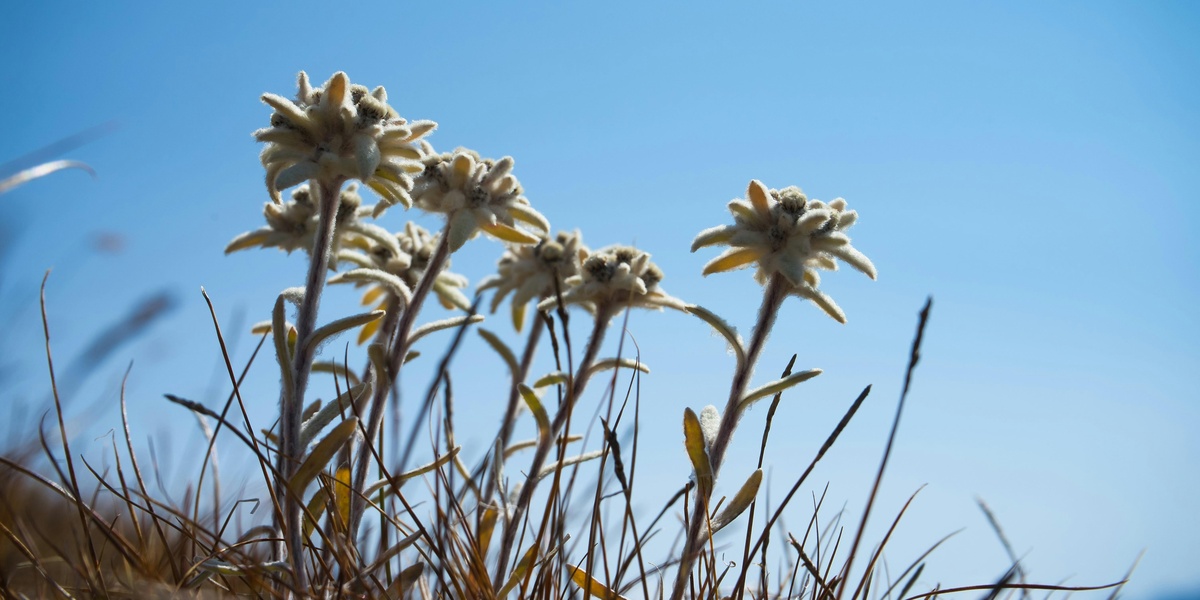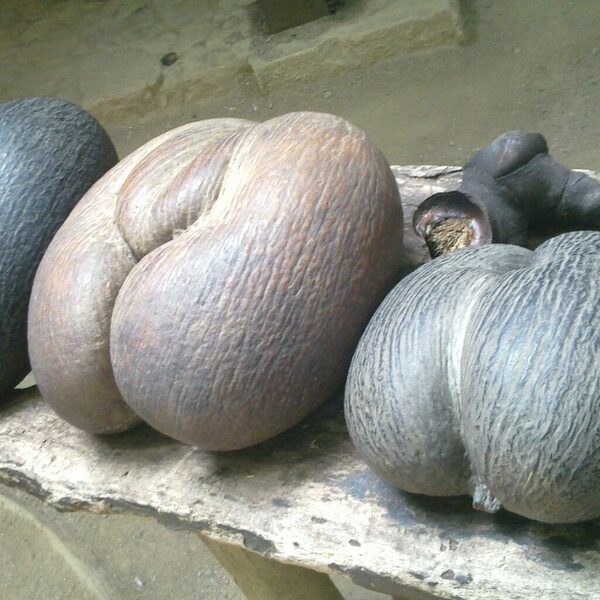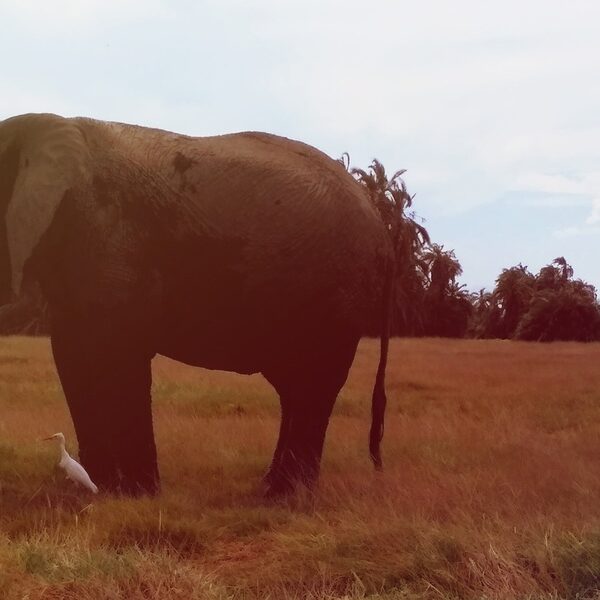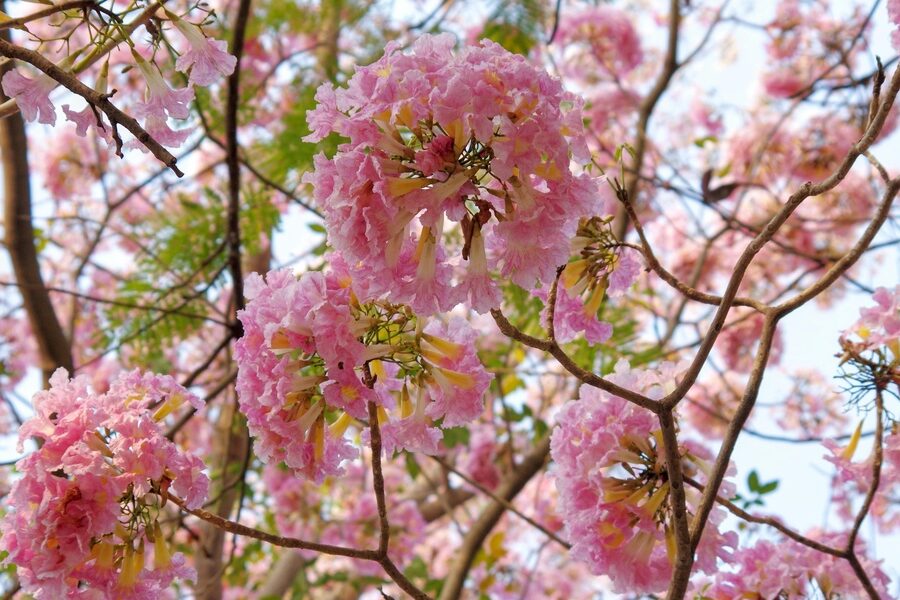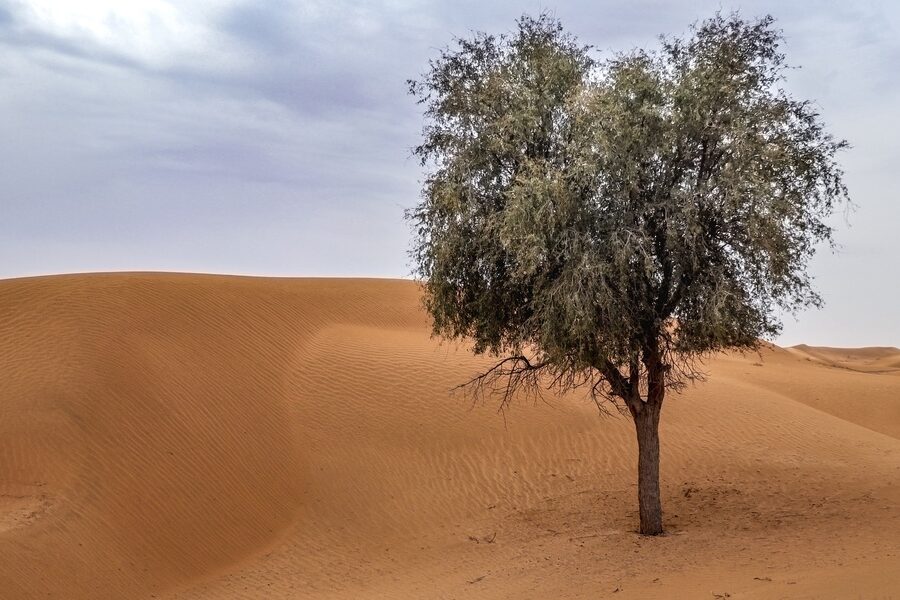Slovakia’s varied terrain—from lowland meadows and river valleys to alpine ridges—hosts a wide array of wildflowers that change with elevation and season. Walking a country trail here often means spotting different species every few hundred meters as habitats shift from forest edge to open grassland.
There are 93 Flowers of Slovakia, ranging from Alpine Aster to Yellow-rattle. For each entry, you’ll find below the Scientific name, Habitat/Region, Flowering months to help with identification and trip planning—you’ll find below.
When is the best time to see the most wildflowers in Slovakia?
Spring through midsummer (roughly April to July) is peak for most lowland and montane species, while high-altitude blooms peak later, into August. Use the Flowering months column in the list to target specific species and regions.
How can I use this list for identification or conservation efforts?
Rely on the Scientific name for accurate ID across languages, check Habitat/Region to know where to look, and note Flowering months to time visits; record observations with photos, report rarities to local conservation groups, and avoid trampling sensitive sites.
Flowers of Slovakia
| Name | Scientific name | Habitat/Region | Flowering months |
|---|---|---|---|
| Edelweiss | Leontopodium nivale subsp. alpinum | High Tatras, Low Tatras; rocky limestone ledges above 1,500 m. | Jul-Sep |
| Slovak Pasqueflower | Pulsatilla slavica | Slovak Karst, Muránska planina; sunny limestone slopes. | Mar-May |
| Tatra Poppy | Papaver tatricum | High Tatras, Low Tatras, Veľká Fatra; alpine scree and rocky slopes. | Jul-Aug |
| Lady’s Slipper Orchid | Cypripedium calceolus | Light deciduous forests on calcareous soils, especially in the Slovak Karst. | May-Jun |
| Spring Gentian | Gentiana verna | Mountain meadows and pastures, especially in the Tatras and Fatra ranges. | Apr-Jun |
| Martagon Lily | Lilium martagon | Deciduous and mixed forests on calcareous soils throughout Slovakia. | Jun-Jul |
| Clusius’s Gentian | Gentiana clusii | High Tatras, Low Tatras; limestone rocks and alpine grasslands. | May-Jul |
| Common Snowdrop | Galanthus nivalis | Damp deciduous forests and meadows, widespread. | Feb-Apr |
| Saffron Crocus | Crocus scepusiensis | Foothill meadows of the Tatras and Veľká Fatra regions. | Mar-Apr |
| Mountain Avens | Dryas octopetala | Alpine and subalpine zones on calcareous substrate, widespread in high mountains. | Jun-Aug |
| Carpathian Bellflower | Campanula carpatica | Rocky slopes and screes in the Tatras and Fatra mountains. | Jul-Sep |
| Daphne | Daphne mezereum | Deciduous forests on lime-rich soils, widespread but scattered. | Feb-Apr |
| Spring Snowflake | Leucojum vernum | Wet meadows and damp deciduous forests, especially in eastern and northern Slovakia. | Feb-Apr |
| Wood Anemone | Anemone nemorosa | Deciduous woodlands and shady places throughout Slovakia. | Mar-May |
| Hepatica | Hepatica nobilis | Deciduous forests, especially on limestone soils, widespread. | Mar-Apr |
| Alpine Aster | Aster alpinus | Sunny, rocky slopes and alpine meadows in the higher mountain ranges. | Jun-Aug |
| Common Cowslip | Primula veris | Sunny meadows, pastures, and woodland edges on dry, calcareous soils. | Apr-May |
| Great Pasqueflower | Pulsatilla grandis | Dry, sunny grasslands and steppes, mainly in southern and western Slovakia. | Mar-Apr |
| Lily of the Valley | Convallaria majalis | Deciduous forests and shady groves, common in many regions. | May-Jun |
| Tatra Saxifrage | Saxifraga wahlenbergii | Shady, damp limestone cliffs and gorges in the Western Carpathians. | Jun-Jul |
| Carpathian Soldanella | Soldanella carpatica | Damp alpine meadows and snowbeds in the Tatras and Fatra mountains. | Apr-Jun |
| Fireweed | Chamaenerion angustifolium | Forest clearings, roadsides, and disturbed areas, very common. | Jun-Sep |
| Cornflower | Centaurea cyanus | Arable fields, roadsides, and waste ground; formerly common, now rarer. | Jun-Aug |
| Common Poppy | Papaver rhoeas | Fields, roadsides, and disturbed soil, widespread. | May-Jul |
| Meadow Clary | Salvia pratensis | Dry meadows, grasslands, and sunny banks, especially in warmer regions. | May-Jul |
| Ox-eye Daisy | Leucanthemum vulgare | Meadows, pastures, and roadsides; very common and widespread. | May-Sep |
| Viper’s Bugloss | Echium vulgare | Dry, sunny, and disturbed ground like roadsides and railway banks. | Jun-Sep |
| Yellow Iris | Iris pseudacorus | Marshes, riverbanks, and shallow water; common in lowland areas. | May-Jul |
| Marsh Marigold | Caltha palustris | Marshes, wet meadows, and stream banks throughout Slovakia. | Apr-May |
| White Water-lily | Nymphaea alba | Slow-moving rivers, ponds, and lakes; mainly in lowlands. | Jun-Aug |
| Common Heather | Calluna vulgaris | Acidic soils, moors, heaths, and pine forests, widespread. | Aug-Sep |
| Bilberry | Vaccinium myrtillus | Acidic soils in forests and on heaths, especially in mountain regions. | May-Jun |
| Wild Thyme | Thymus serpyllum | Dry grasslands, rocky slopes, and sunny banks. | Jun-Sep |
| Bird’s-foot Trefoil | Lotus corniculatus | Meadows, grasslands, roadsides; very common. | May-Sep |
| Kidney Vetch | Anthyllis vulneraria | Dry, calcareous grasslands and coastal areas. | May-Sep |
| Musk Mallow | Malva moschata | Dry grasslands, roadsides, and hedgerows. | Jul-Sep |
| Field Scabious | Knautia arvensis | Meadows, pastures, and grassy banks, very common. | Jun-Oct |
| Greater Knapweed | Centaurea scabiosa | Calcareous grasslands, roadsides, and woodland edges. | Jul-Sep |
| Common Agrimony | Agrimonia eupatoria | Roadsides, woodland edges, and grassy places. | Jun-Sep |
| Selfheal | Prunella vulgaris | Lawns, meadows, woodland paths; very common. | Jun-Sep |
| Wild Marjoram | Origanum vulgare | Dry, calcareous grasslands and scrub, especially in warmer areas. | Jul-Sep |
| Common Buttercup | Ranunculus acris | Meadows, pastures, and grassy places; very common. | May-Aug |
| Goatsbeard | Tragopogon pratensis | Meadows, roadsides, and rough grassland. | Jun-Jul |
| Common Centaury | Centaurium erythraea | Dry grasslands, dunes, and open woods. | Jun-Sep |
| Black Horehound | Ballota nigra | Wastelands, roadsides, and near human settlements. | Jun-Oct |
| Wood Sage | Teucrium scorodonia | Dry woods, heaths, and rocky places on acidic soils. | Jul-Sep |
| Dog Rose | Rosa canina | Hedgerows, woodland edges, and scrubland; very common. | Jun-Jul |
| Hawthorn | Crataegus monogyna | Hedgerows, scrub, and woodland edges; widespread. | May-Jun |
| Blackthorn | Prunus spinosa | Hedgerows and woodland edges; widespread. | Mar-Apr |
| Elder | Sambucus nigra | Woodlands, hedgerows, and wastelands; common. | Jun-Jul |
| Honeysuckle | Lonicera periclymenum | Woodlands and hedgerows; common. | Jun-Sep |
| Common Spotted-orchid | Dactylorhiza fuchsii | Meadows, marshes, and open woodlands on calcareous soils. | Jun-Aug |
| Early-purple Orchid | Orchis mascula | Woods, grasslands, and scrub, often on limestone. | Apr-Jun |
| Fragrant Orchid | Gymnadenia conopsea | Calcareous grasslands, marshes, and moors. | Jun-Aug |
| Pyramidal Orchid | Anacamptis pyramidalis | Dry, calcareous grasslands and sunny banks. | Jun-Jul |
| Bee Orchid | Ophrys apifera | Calcareous grasslands, quarries, and disturbed ground. | Jun-Jul |
| Fly Orchid | Ophrys insectifera | Damp woodlands and scrub on calcareous soils. | May-Jul |
| Lesser Butterfly-orchid | Platanthera bifolia | Heaths, open woods, and old pastures. | Jun-Jul |
| Heath Spotted-orchid | Dactylorhiza maculata | Acidic soils in bogs, heaths, and damp meadows. | Jun-Aug |
| Solomon’s Seal | Polygonatum multiflorum | Deciduous woodlands and shady places. | May-Jun |
| Wood Sorrel | Oxalis acetosella | Shady woodlands and mossy banks. | Apr-May |
| Red Campion | Silene dioica | Woodlands, hedgerows, and shady banks. | May-Sep |
| White Campion | Silene latifolia | Arable land, roadsides, and disturbed ground. | May-Oct |
| Bladder Campion | Silene vulgaris | Dry grasslands, roadsides, and cultivated land. | May-Sep |
| St John’s-wort | Hypericum perforatum | Dry grasslands, open woods, and roadsides. | Jun-Sep |
| Common Bluebell | Hyacinthoides non-scripta | Ancient deciduous woodlands. | Apr-May |
| Common Dog-violet | Viola riviniana | Woodlands, grasslands, and hedgerows; very common. | Apr-Jun |
| Sweet Violet | Viola odorata | Woodlands, hedgerows, and shady banks. | Mar-May |
| Wild Pansy | Viola tricolor | Grasslands, cultivated fields, and open ground on acidic or neutral soil. | Apr-Oct |
| Foxglove | Digitalis purpurea | Woodlands, clearings, and heaths on acidic soil. | Jun-Aug |
| Colt’s-foot | Tussilago farfara | Bare and disturbed ground, roadsides, and riverbanks. | Mar-Apr |
| Dandelion | Taraxacum officinale | Lawns, roadsides, meadows; ubiquitous. | Mar-Oct |
| Common Daisy | Bellis perennis | Lawns, short grasslands, and paths; very common. | Mar-Oct |
| Yarrow | Achillea millefolium | Grasslands, roadsides, and waste ground; very common. | Jun-Nov |
| Chicory | Cichorium intybus | Roadsides and rough grasslands on dry, calcareous soils. | Jul-Oct |
| Wild Carrot | Daucus carota | Dry grasslands and roadsides. | Jun-Aug |
| Cow Parsley | Anthriscus sylvestris | Roadsides, hedgerows, and woodland edges; very common. | Apr-Jun |
| Hogweed | Heracleum sphondylium | Roadsides, riverbanks, and rough grasslands. | Jun-Sep |
| Water Avens | Geum rivale | Damp meadows, marshes, and stream banks. | May-Aug |
| Wood Avens | Geum urbanum | Woodlands, hedgerows, and shady places. | May-Aug |
| Globeflower | Trollius europaeus | Damp mountain meadows and stream banks, especially in northern regions. | May-Jul |
| Common Bistort | Bistorta officinalis | Damp meadows and riverbanks. | Jun-Sep |
| Ragged-Robin | Silene flos-cuculi | Damp meadows, marshes, and fens. | May-Jul |
| Meadowsweet | Filipendula ulmaria | Damp meadows, ditches, and fens. | Jun-Sep |
| Yellow-rattle | Rhinanthus minor | Meadows and grasslands. | May-Sep |
| Betony | Betonica officinalis | Grasslands and open woodlands on calcareous or neutral soils. | Jun-Sep |
| Common Valerian | Valeriana officinalis | Damp grasslands, riverbanks, and woodlands. | Jun-Aug |
| Tufted Vetch | Vicia cracca | Grasslands, hedgerows, and roadsides. | Jun-Aug |
| Meadow Vetchling | Lathyrus pratensis | Meadows, grasslands, and roadside verges. | May-Aug |
| Silverweed | Potentilla anserina | Damp grasslands, roadsides, and disturbed ground. | May-Aug |
| Creeping Cinquefoil | Potentilla reptans | Grasslands, paths, and bare ground. | Jun-Sep |
| Hairy Violet | Viola hirta | Dry grasslands and open woods on calcareous soils. | Mar-May |
| Germander Speedwell | Veronica chamaedrys | Grasslands, woodlands, and hedgerows. | Apr-Jul |
Images and Descriptions
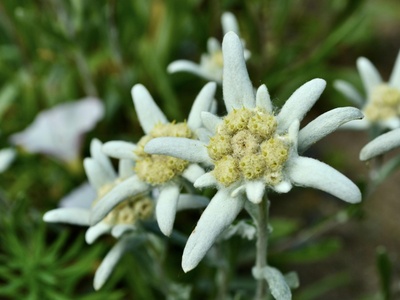
Edelweiss
The iconic symbol of the high mountains. Its star-shaped ‘flower’ is actually woolly white bracts surrounding tiny true flowers. A strictly protected species, admired for its beauty and resilience.
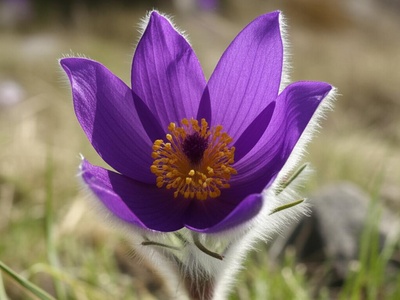
Slovak Pasqueflower
A stunning, large-flowered pasqueflower endemic to the Western Carpathians. Its deep violet, bell-shaped flowers are covered in silky hairs. A strictly protected, early spring gem of rocky grasslands.
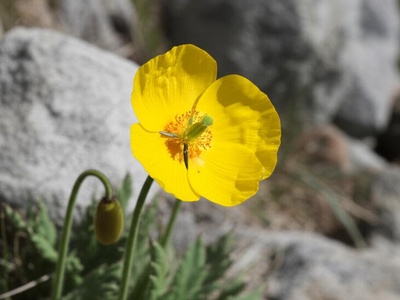
Tatra Poppy
A delicate Western Carpathian endemic. This small poppy has bright yellow or white flowers on slender stems, adapted to harsh mountain conditions. It is a protected species of high-altitude habitats.
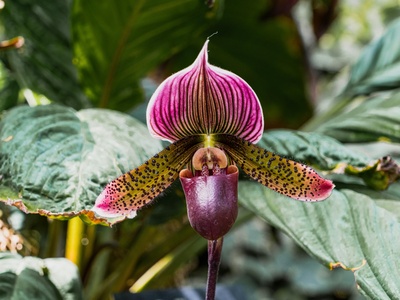
Lady’s Slipper Orchid
Europe’s most spectacular orchid. Features a unique yellow, slipper-shaped pouch (labellum) and maroon, twisted petals. A rare and strictly protected species, highly prized by nature lovers.
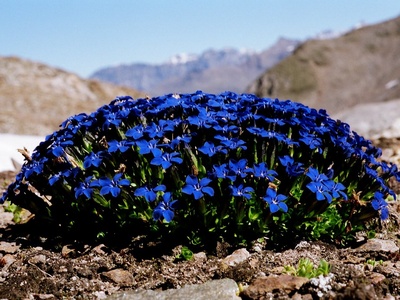
Spring Gentian
Known for its intensely blue, star-shaped flowers that open in the sun. This small but vibrant plant is a jewel of spring alpine meadows, often growing in dense mats.
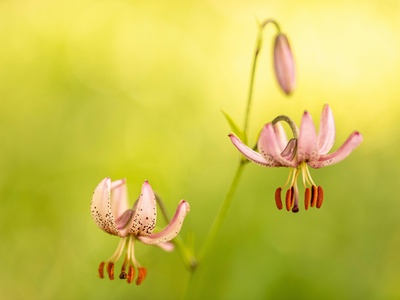
Martagon Lily
A tall, elegant lily with nodding, pinkish-purple flowers speckled with dark spots. Its petals curve backwards, giving it a distinctive ‘Turk’s cap’ shape. It is a protected and much-admired woodland plant.
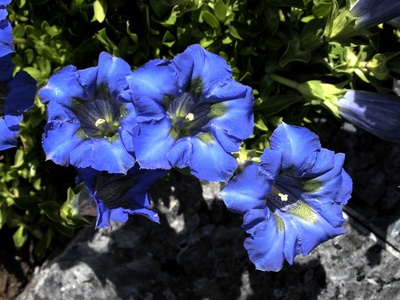
Clusius’s Gentian
A classic alpine flower with a large, solitary, deep-blue trumpet-shaped blossom. It grows in low cushions and is a stunning sight on sunny mountain slopes. It is a protected species.
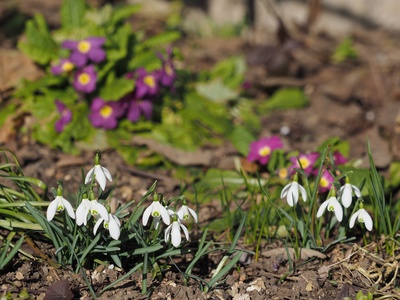
Common Snowdrop
One of the very first signs of spring. This beloved flower features a single, nodding white bloom with green markings on the inner petals. It often forms extensive, beautiful carpets.
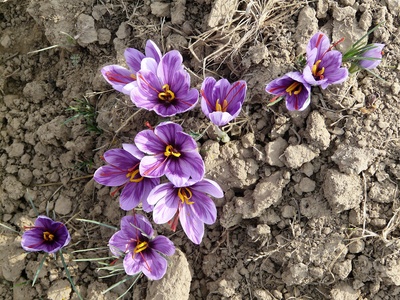
Saffron Crocus
A spectacular spring sight, forming vast purple carpets in meadows as the snow melts. This subspecies is characteristic of the Western Carpathians and is a cherished harbinger of spring.
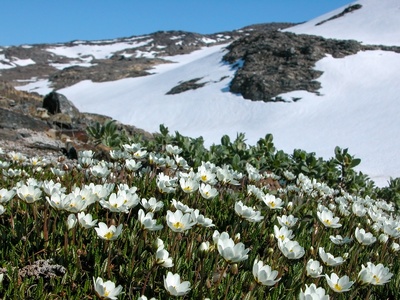
Mountain Avens
A low-growing alpine shrub forming dense mats. It has distinctive oak-like leaves and large, eight-petaled white flowers with a yellow center. A classic glacial relict species.
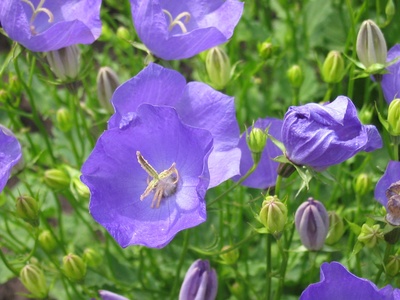
Carpathian Bellflower
A beautiful bellflower with large, open, bowl-shaped flowers of blue or violet. It is a popular garden plant worldwide but is a native gem of the Carpathian mountainsides.
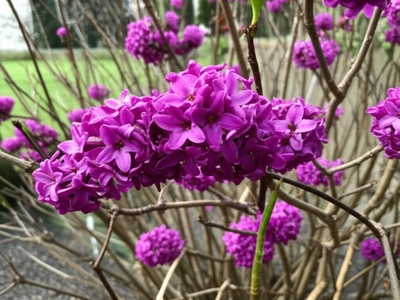
Daphne
A highly fragrant and toxic shrub that blooms very early on bare branches. Its clusters of bright pink-purple flowers are a welcome sight, but all parts of the plant are poisonous.
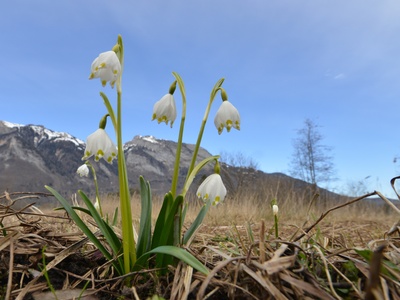
Spring Snowflake
Resembles a large snowdrop but its six white petals are of equal length, each tipped with a distinctive green or yellow dot. It often forms large, impressive colonies in wet woodlands.
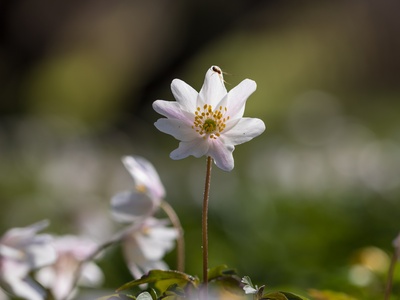
Wood Anemone
A classic spring woodland flower that creates vast white carpets on the forest floor. Each delicate, star-like flower has 6-12 petal-like sepals and closes at night or in rain.
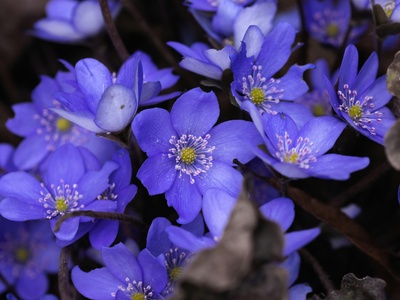
Hepatica
An early spring bloomer with striking blue-violet flowers that appear before its three-lobed, liver-shaped leaves fully develop. A cherished sign that winter is ending in the woodlands.
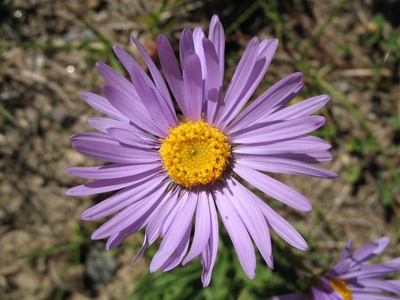
Alpine Aster
A vibrant mountain flower with a daisy-like appearance, featuring purple or blue-violet ray florets surrounding a bright yellow central disk. It adds a splash of color to high-altitude landscapes.
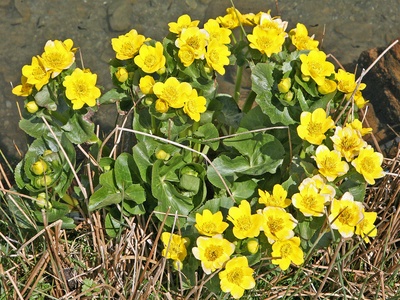
Common Cowslip
Features clusters of fragrant, deep yellow, bell-shaped flowers on a single stalk. Its name refers to its historical association with cow pastures. Its populations have declined due to habitat loss.
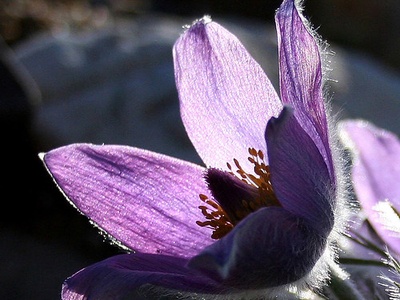
Great Pasqueflower
A magnificent early spring flower with very large, pale to deep violet, cup-shaped flowers. The entire plant is covered in silvery, silky hairs, making it glow in the sunlight.
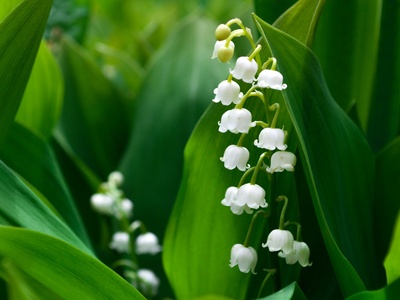
Lily of the Valley
Beloved for its intensely fragrant, small, white, bell-shaped flowers that hang in a one-sided cluster. Despite its delicate appearance, all parts of this plant are highly poisonous.
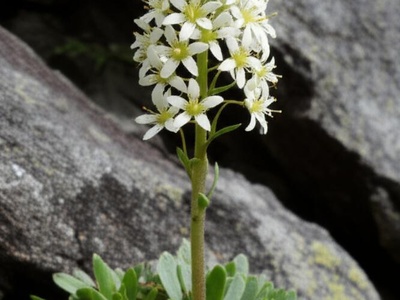
Tatra Saxifrage
An endemic species with rosettes of fleshy leaves and tall stems bearing panicles of white, star-like flowers. A specialist of damp, shaded rock faces in mountain areas.
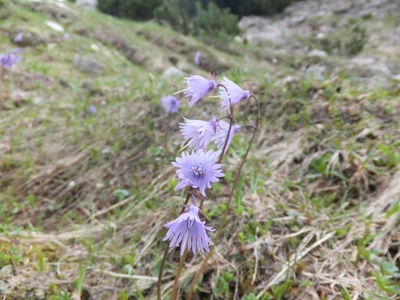
Carpathian Soldanella
A remarkable alpine flower that often blooms right at the edge of melting snow. It has delicate, fringed, bell-shaped flowers of a lilac or violet color. A true sign of spring’s arrival in the high mountains.
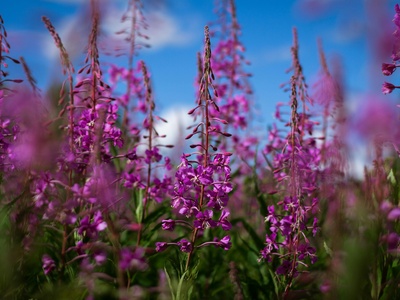
Fireweed
A tall, robust plant with spires of bright pinkish-purple flowers. It rapidly colonizes open areas, especially after fires or logging, and is an important source of nectar for bees.
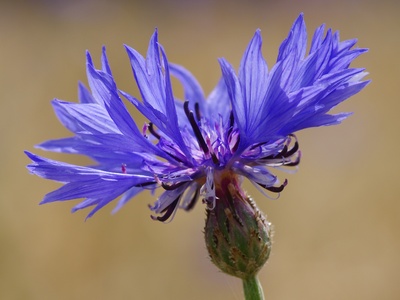
Cornflower
The classic wildflower with intense blue, trumpet-shaped florets. Once a common sight in grain fields, its populations have declined due to modern agricultural practices, but it is making a comeback.
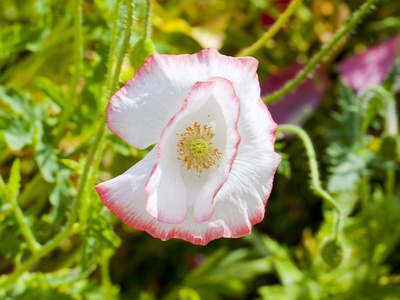
Common Poppy
A familiar and beloved wildflower with large, delicate, scarlet-red petals, often with a black spot at the base. It thrives in disturbed soil and can create stunning displays in agricultural landscapes.
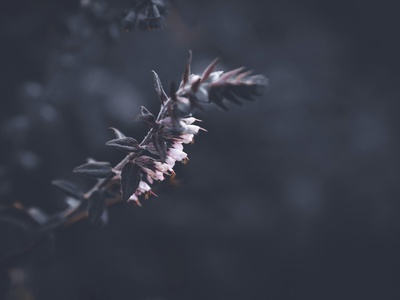
Meadow Clary
A striking plant with whorls of large, deep violet-blue flowers on a tall spike. The flowers have a complex pollination mechanism involving a lever that dusts visiting bees with pollen.
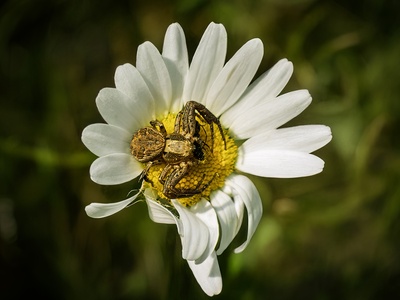
Ox-eye Daisy
The classic daisy of childhood drawings, with a large white flower head composed of white ray florets surrounding a yellow central disk. It is a cheerful and abundant feature of summer meadows.
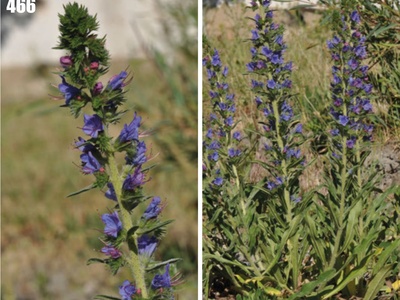
Viper’s Bugloss
A bristly, eye-catching plant with spikes of vibrant blue flowers that emerge from pink buds. It is extremely attractive to bees and other pollinators, making it an important nectar source.
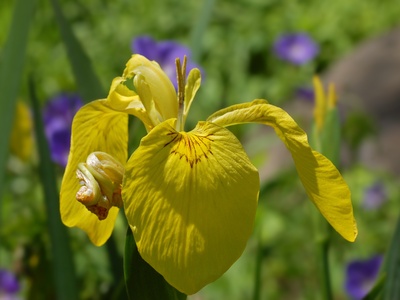
Yellow Iris
A tall and robust iris with sword-like leaves and large, bright yellow flowers. It is a common and conspicuous plant of wetlands and is excellent for stabilizing banks and filtering water.
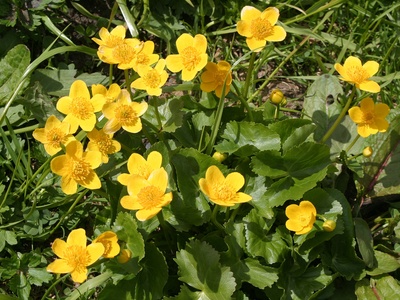
Marsh Marigold
A cheerful early spring flower that brings a splash of brilliant yellow to wetlands. Its large, buttercup-like flowers and kidney-shaped, glossy leaves make it easily recognizable in damp places.
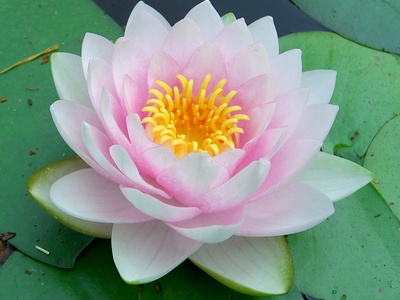
White Water-lily
An iconic aquatic plant with large, round, floating leaves and beautiful, large white flowers that open in the morning and close in the afternoon. A serene and beautiful sight on still waters.
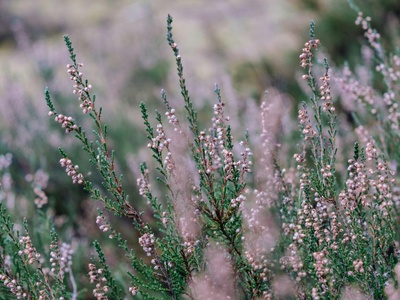
Common Heather
A low-growing shrub that can form extensive purple carpets across landscapes in late summer. Its tiny, bell-shaped, pinkish-purple flowers are a vital late-season nectar source for insects.
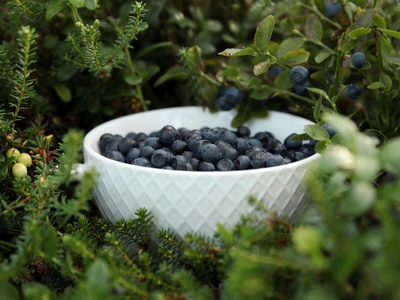
Bilberry
A small shrub with pinkish, lantern-shaped flowers that develop into the well-known, edible dark-blue berries. Its leaves turn a brilliant red in autumn, adding color to the forest understory.
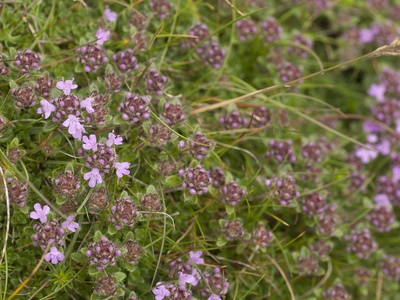
Wild Thyme
A low, creeping, aromatic plant that forms dense mats. It is covered in tiny pink or purple flowers, attracting swarms of bees. When crushed, its leaves release a fragrant, familiar scent.
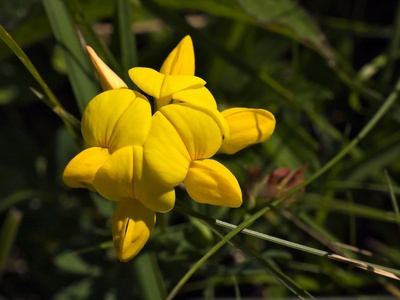
Bird’s-foot Trefoil
A low-growing member of the pea family with clusters of bright yellow flowers, often tinged with red. Its common name comes from the claw-like appearance of its seed pods.
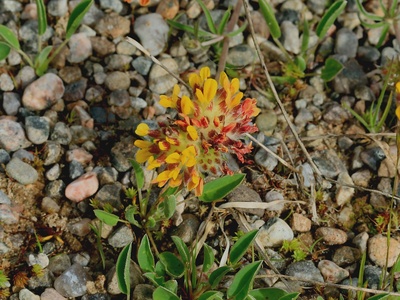
Kidney Vetch
A distinctive plant with dense, clover-like flower heads that are usually yellow but can be cream, pink, or red. Its name refers to its historical use in treating wounds.
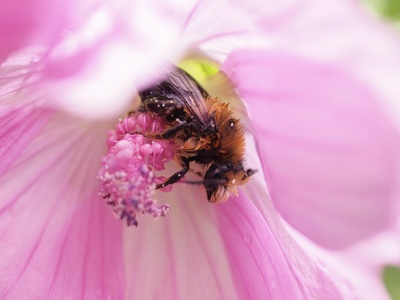
Musk Mallow
A beautiful wildflower with large, delicate, pale pink or white flowers and deeply divided leaves. The flowers and leaves have a faint musky scent, especially on warm days.
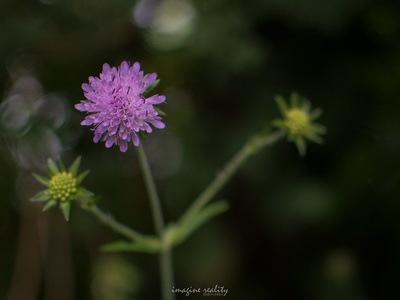
Field Scabious
A tall plant with pincushion-like flower heads of a lilac-blue color. It is a favorite of bees and butterflies and is a characteristic flower of traditional hay meadows.
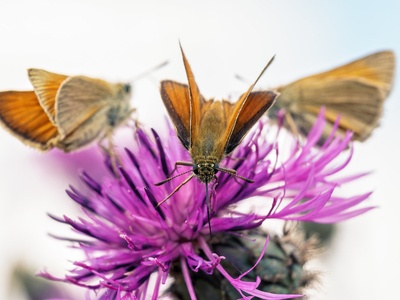
Greater Knapweed
A robust plant with large, thistle-like flower heads of a rich purple-pink. Each head is surrounded by a base of dark-edged bracts. It’s a magnet for pollinating insects.
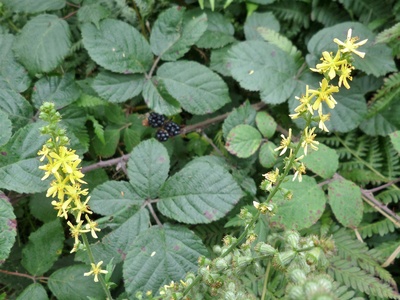
Common Agrimony
A slender plant with a spike of small, star-shaped yellow flowers. It is known for its fruity scent and the burr-like fruits that catch on fur and clothing to disperse.
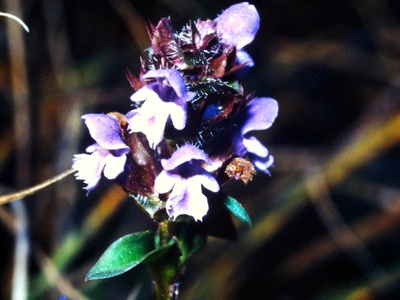
Selfheal
A low-growing, creeping plant with dense heads of violet-purple, hooded flowers. As its name suggests, it has a long history in herbal medicine for its wound-healing properties.
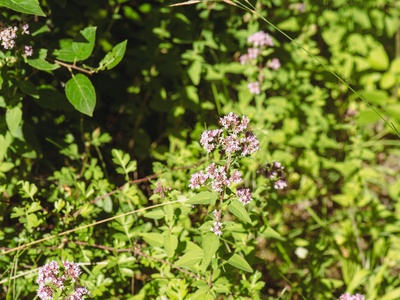
Wild Marjoram
The wild ancestor of the culinary herb oregano. It is a highly aromatic plant with clusters of small pink or purple flowers, and is extremely attractive to butterflies and bees.
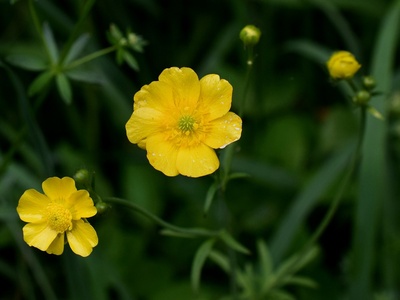
Common Buttercup
The familiar, cheerful yellow flower of summer fields. Its glossy petals are due to a special layer of cells that reflects light. It is mildly toxic and is avoided by grazing livestock.
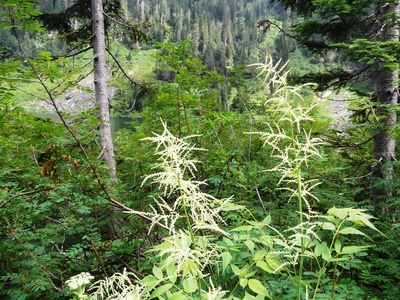
Goatsbeard
A plant with a large, solitary, dandelion-like yellow flower head that famously closes by noon, earning it the nickname “Jack-go-to-bed-at-noon.” The seed head is a large, delicate puffball.
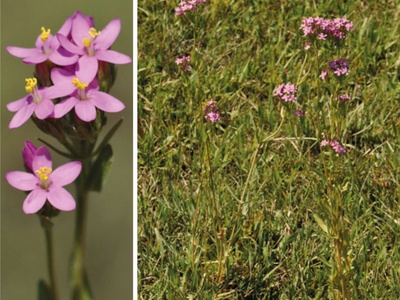
Common Centaury
A small, slender plant with delicate, star-shaped pink flowers that only open in bright sunshine. It is known for its intensely bitter taste and was historically used as a tonic.
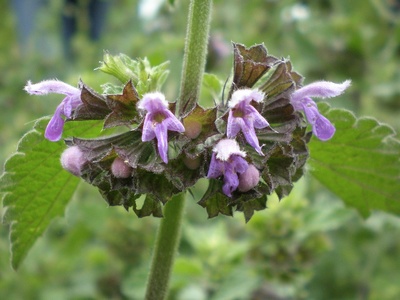
Black Horehound
A downy, perennial herb with a distinct, unpleasant smell when bruised. It has whorls of reddish-purple or pink flowers. Despite its name, it is not related to the true horehounds.
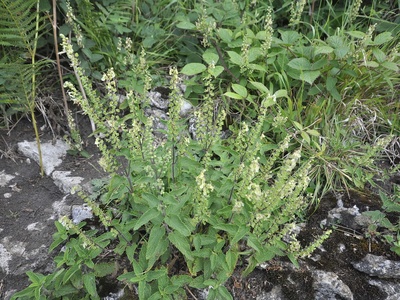
Wood Sage
An aromatic plant with spikes of small, greenish-yellow, lipped flowers. Its wrinkled leaves resemble those of sage, and it releases a sage-like or hoppy scent when crushed.
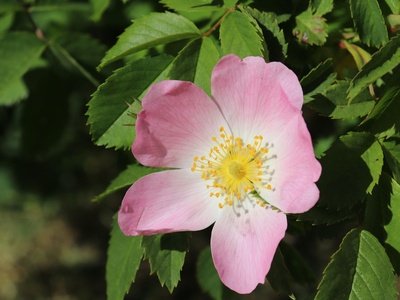
Dog Rose
The most common wild rose, with large, delicate flowers that range from pale pink to white. In autumn, it produces bright red, oval-shaped fruits known as rose hips.
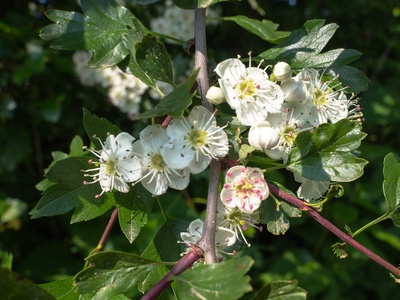
Hawthorn
A dense, thorny shrub or small tree that becomes covered in masses of fragrant, five-petaled white or pink-tinged flowers in late spring. Its blossoms are a classic sign of May.
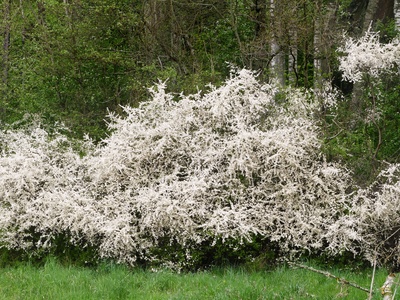
Blackthorn
A thorny shrub famous for its display of pure white flowers that appear on bare, black branches before the leaves emerge. It is one of the first shrubs to flower in spring.
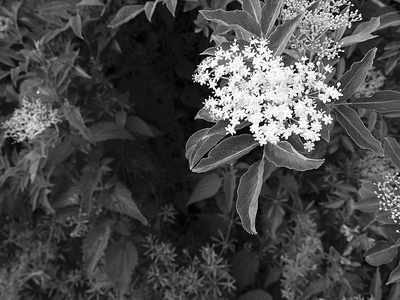
Elder
A small tree or large shrub known for its large, flat-topped clusters of tiny, fragrant, creamy-white flowers. These are followed by drooping bunches of dark purple to black berries.
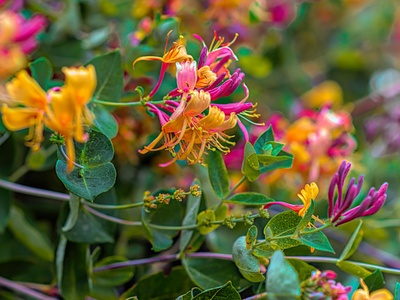
Honeysuckle
A climbing plant with highly fragrant, trumpet-shaped flowers that are creamy-white or yellow, often tinged with pink or red. Its sweet scent is strongest in the evening to attract moths.
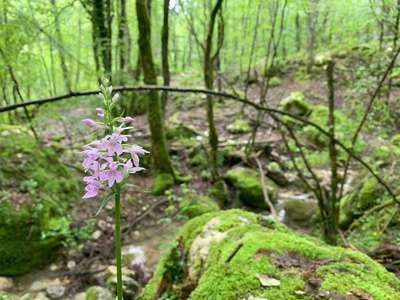
Common Spotted-orchid
One of the most common wild orchids, recognized by its spike of pink-purple flowers and leaves that are usually marked with dark spots. Flower patterns are highly variable.
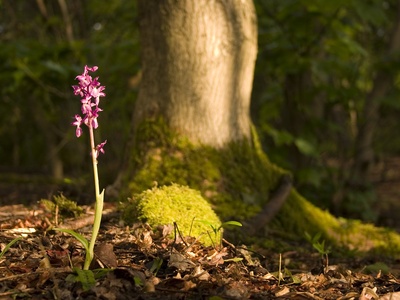
Early-purple Orchid
One of the first orchids to flower in spring. It has a spike of bright reddish-purple flowers and usually unspotted leaves. The flowers have a scent that can range from pleasant to cat-like.
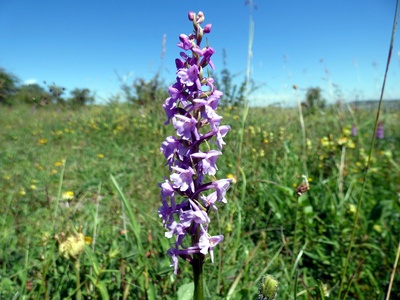
Fragrant Orchid
Named for its strong, sweet, clove-like scent. This elegant orchid has a dense, slender spike of pinkish-purple flowers, each with a very long, thin spur at the back.
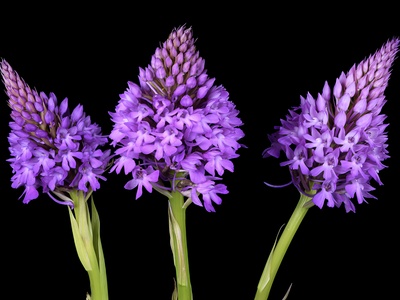
Pyramidal Orchid
Easily identified by its dense, pyramid-shaped or conical flower head when it first blooms, which becomes more cylindrical with age. The flowers are a bright pinkish-purple.
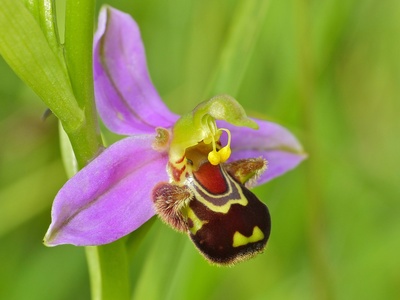
Bee Orchid
A fascinating orchid whose flower brilliantly mimics a female bee. The large, fuzzy, brown-and-yellow patterned lip (labellum) tricks male bees into pollinating the flower.
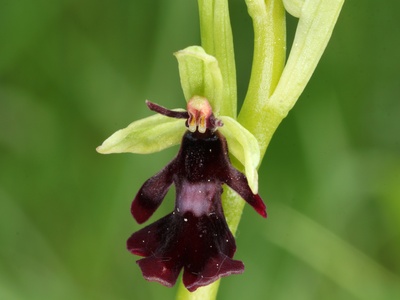
Fly Orchid
Another master of mimicry, this orchid’s flower resembles a small fly. It has a dark, rectangular labellum with a bluish patch in the middle, fooling insects into pollination.
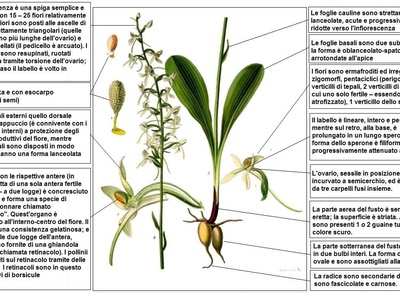
Lesser Butterfly-orchid
A graceful orchid with a spike of ghostly white or greenish-white, spidery flowers. It is highly fragrant at night to attract its moth pollinators, and has two large basal leaves.
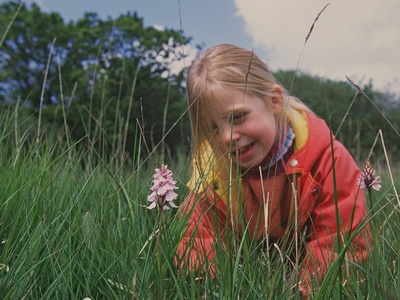
Heath Spotted-orchid
Similar to the Common Spotted-orchid but prefers acidic, marshy ground. Its flowers are typically paler, whitish to pale lilac, with intricate darker pink lines and spots on the lip.
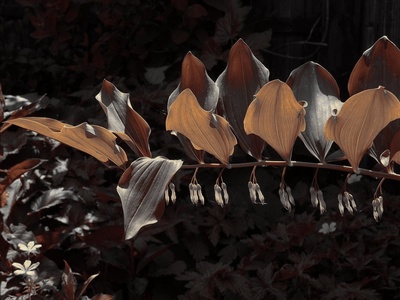
Solomon’s Seal
An elegant plant with arching stems from which hang pairs of greenish-white, bell-shaped flowers. These are followed by bluish-black berries. The scars on the rhizome resemble royal seals.
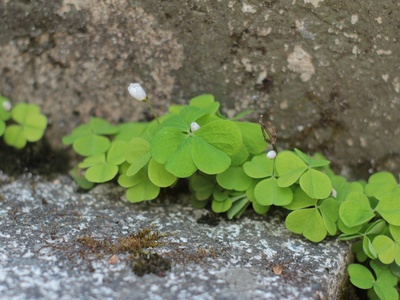
Wood Sorrel
A delicate plant with clover-like leaves that fold up at night. It produces small, white, bell-shaped flowers with faint pink or lilac veins. The leaves have a sharp, lemony taste.
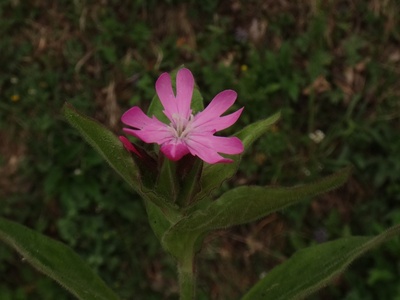
Red Campion
A cheerful wildflower with bright pinkish-red, five-petaled flowers. The petals are deeply notched, giving them a frilly appearance. Male and female flowers grow on separate plants.
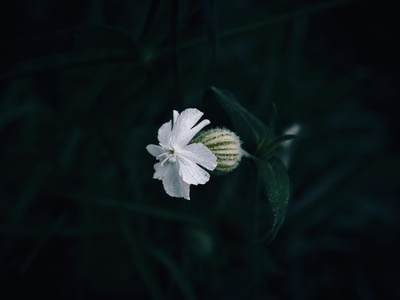
White Campion
Similar to Red Campion but with pure white flowers. It is nocturnal, opening its flowers and releasing its fragrance in the evening to attract night-flying moths for pollination.
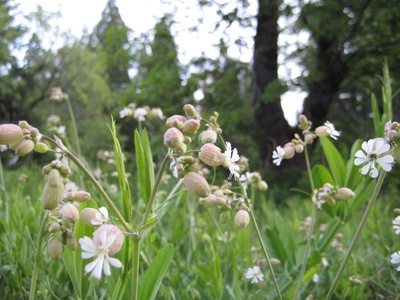
Bladder Campion
Recognizable by its inflated, bladder-like calyx (the papery base of the flower) which is pale green with a net-like pattern of veins. The white petals are deeply cleft.
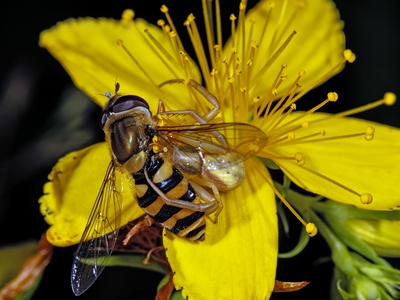
St John’s-wort
A plant with bright yellow, star-shaped flowers. Its leaves have translucent dots that look like tiny holes when held up to the light, hence the name ‘perforatum’.
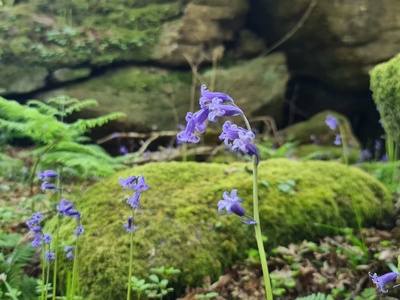
Common Bluebell
Forms breathtaking blue-purple carpets in spring woodlands. The flowers are deep violet-blue, bell-shaped, and hang from one side of a gracefully arching stem, with a sweet, delicate scent.
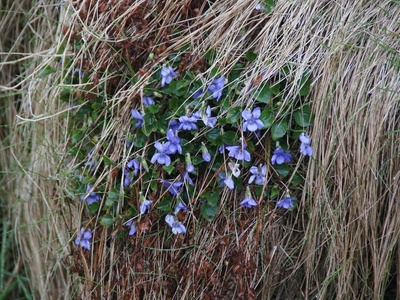
Common Dog-violet
The most common violet, with heart-shaped leaves and unscented, blue-violet flowers. It can be distinguished by its pale, notched spur at the back of the flower.
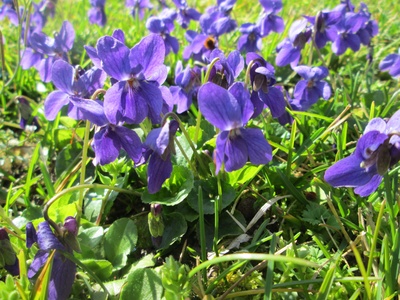
Sweet Violet
An early spring violet prized for its beautiful, sweet fragrance. It has deep purple or white flowers and spreads by sending out runners. It is often found close to gardens.
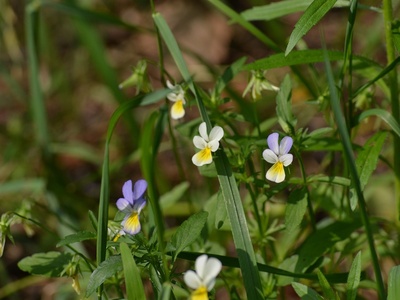
Wild Pansy
A small, cheerful pansy with flowers that are typically a mix of three colors: purple, yellow, and white. It is the ancestor of the large garden pansies.
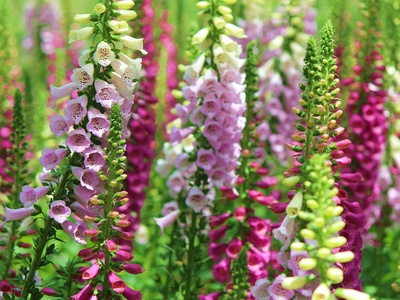
Foxglove
A tall, dramatic plant with a spike of large, bell-shaped, purple-pink flowers, speckled inside. While beautiful, all parts of the plant are highly toxic and contain heart stimulants.
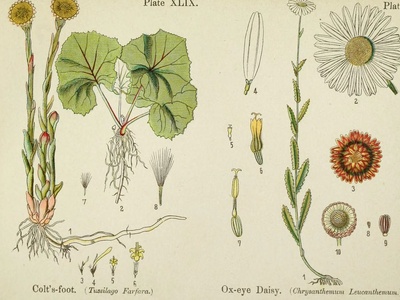
Colt’s-foot
A peculiar plant whose bright yellow, dandelion-like flowers appear on scaly stems long before its large, hoof-shaped leaves emerge. It is one of the earliest spring flowers.
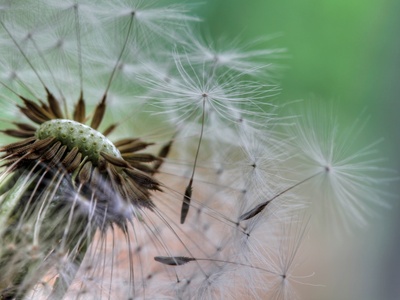
Dandelion
One of the world’s most recognizable wildflowers. Its composite yellow flower head turns into the famous “dandelion clock” seed head. It is a valuable early food source for pollinators.
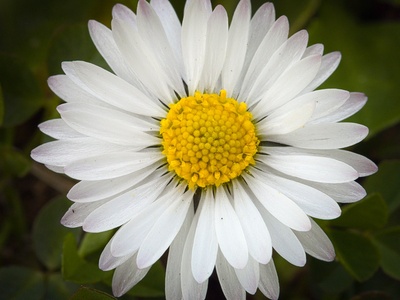
Common Daisy
The familiar daisy with a yellow central disk and white ray petals, often tipped with pink. Its English name comes from “day’s eye” because the flower head closes at night.
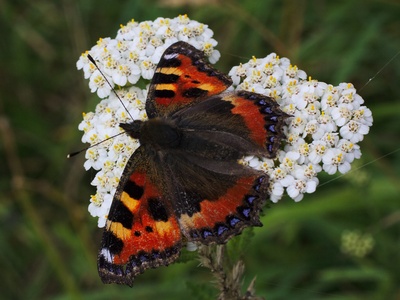
Yarrow
Has feathery, fern-like leaves and flat-topped clusters of many small, white or pale pink flowers. It has a long history of use in traditional medicine, especially for staunching wounds.
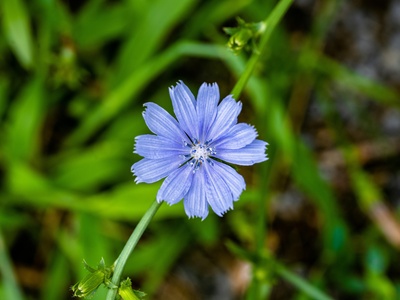
Chicory
A plant with tough, branching stems and beautiful, sky-blue composite flowers that open in the morning and close by the afternoon. The roasted root is used as a coffee substitute.
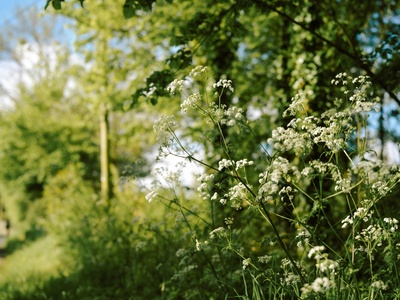
Wild Carrot
The wild ancestor of the cultivated carrot. It has large, flat-topped umbels of tiny white flowers, often with a single, small, dark-red or purple flower in the very center.
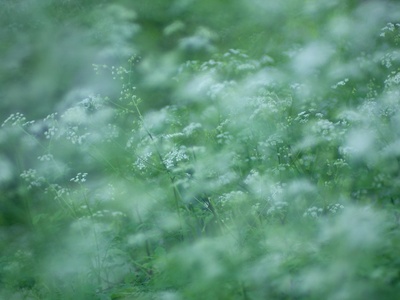
Cow Parsley
A frothy, abundant umbellifer that lines country lanes in late spring. It has large, umbrella-like heads of white flowers and finely divided, fern-like leaves.
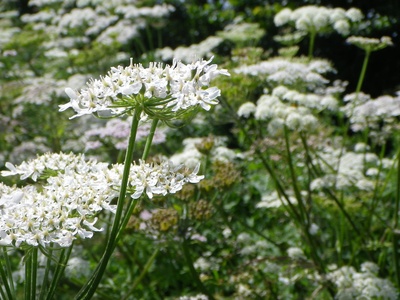
Hogweed
A tall, robust umbellifer with large, rough leaves and big, flat-topped heads of white or pinkish flowers. Note: not to be confused with the dangerous Giant Hogweed.
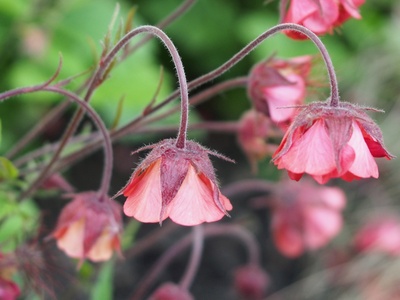
Water Avens
A graceful plant with nodding, bell-shaped flowers. The sepals are a dusky reddish-purple and the petals are a creamy yellow tinged with pink. It hybridizes with Wood Avens.
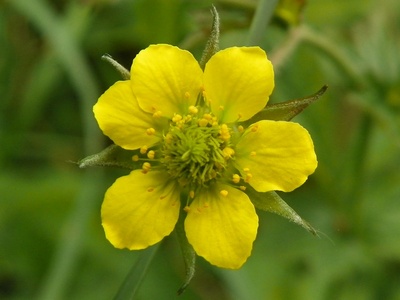
Wood Avens
A common woodland plant with small, upright, star-shaped yellow flowers. Its root has a clove-like scent when crushed and was historically used to flavor ale.
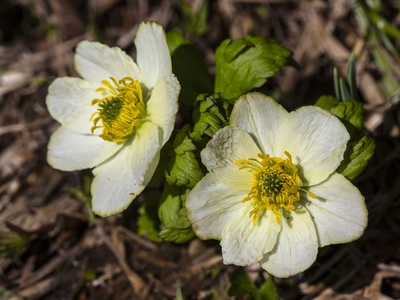
Globeflower
A stunning and distinctive plant with large, spherical, lemon-yellow flowers that look like giant, tightly-closed buttercups. A beautiful and protected feature of wet alpine pastures.
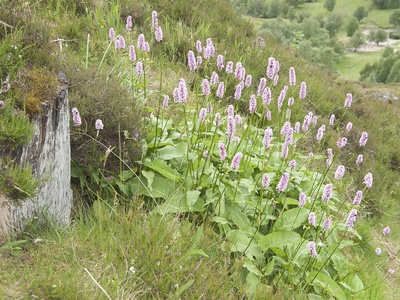
Common Bistort
Forms dense patches with broad, oval leaves and sends up tall stems topped with a dense, cylindrical spike of tiny, pale-pink flowers. The rhizome is twisted, hence the name.
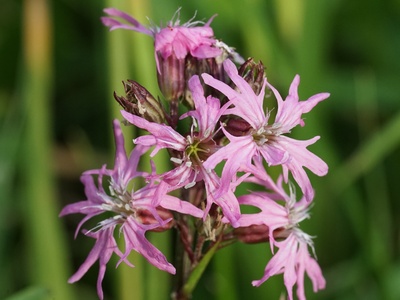
Ragged-Robin
A beautiful and delicate-looking flower of wet grasslands. Its five pink petals are deeply divided into four narrow lobes, giving them a ragged, frothy appearance.
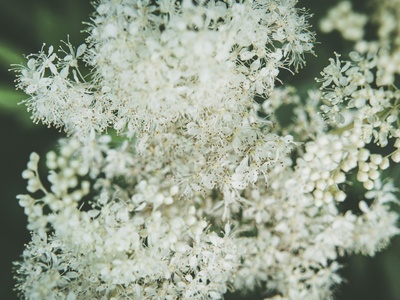
Meadowsweet
A tall plant with large, frothy, cream-colored clusters of tiny, sweetly scented flowers. The crushed leaves also have a pleasant, almond-like scent. Aspirin was originally derived from this plant.
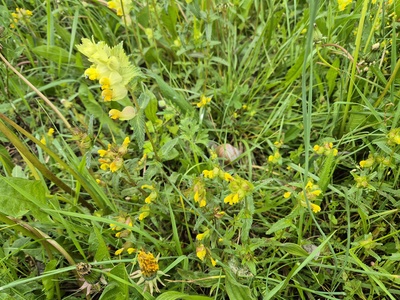
Yellow-rattle
An important plant for meadow biodiversity. It is semi-parasitic on grasses, weakening them and allowing other wildflowers to thrive. The seeds rattle in the dry, papery pods.
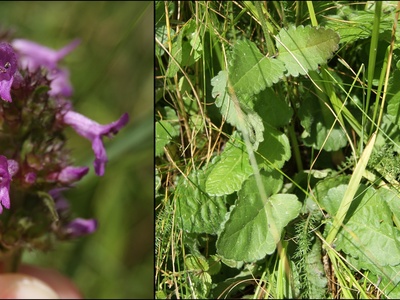
Betony
A plant with a square stem and a dense, oblong spike of reddish-purple, lipped flowers. It was highly valued in ancient and medieval times as a cure-all medicinal herb.
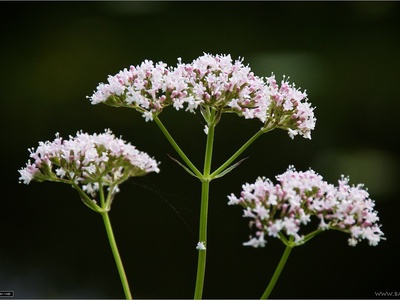
Common Valerian
A tall plant with clusters of small, pale pink or white, sweetly scented flowers. The roots have a very strong, distinctive smell and are used in herbal medicine as a sedative.
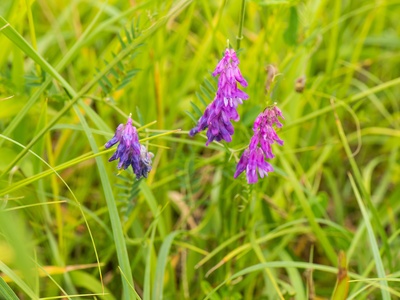
Tufted Vetch
A climbing perennial with tendrils that scramble over other vegetation. It has long, one-sided spikes of many small, bluish-purple, pea-like flowers, creating a splash of color.
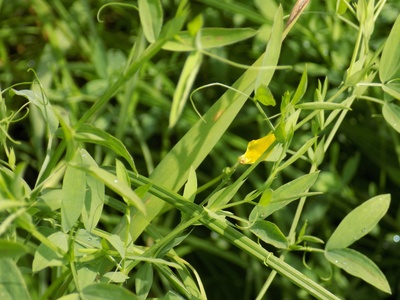
Meadow Vetchling
A sprawling or climbing plant with bright yellow, pea-like flowers that grow in small clusters. It provides a cheerful splash of yellow in summer grasslands and supports itself with tendrils.
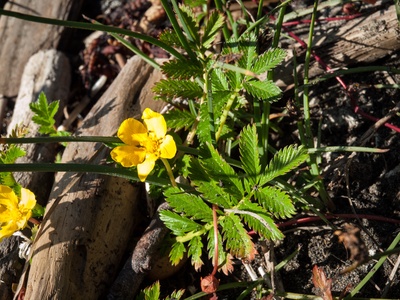
Silverweed
A creeping perennial that spreads via long runners. It has silvery, silky hairs on the undersides of its pinnate leaves and solitary, buttercup-like yellow flowers on long stalks.
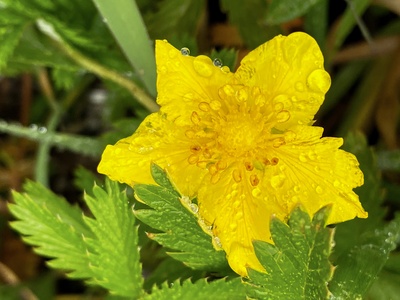
Creeping Cinquefoil
Similar to Silverweed but its leaves are palmate, with five toothed leaflets like the fingers of a hand. It also has solitary yellow flowers and spreads with long, rooting runners.
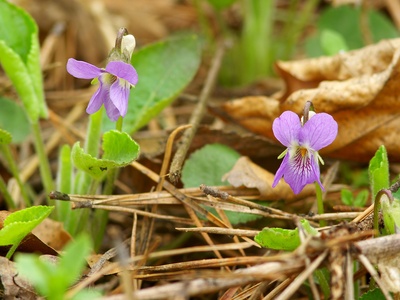
Hairy Violet
An early-flowering violet distinguished by the fine hairs covering its heart-shaped leaves and leaf stalks. It has unscented, pale blue-violet flowers and does not produce runners.
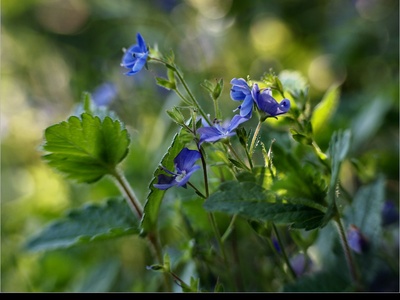
Germander Speedwell
One of the most attractive speedwells, with bright blue flowers that have a white ‘eye’. The flowers are borne in spikes on either side of the stem, and the plant is slightly hairy.
